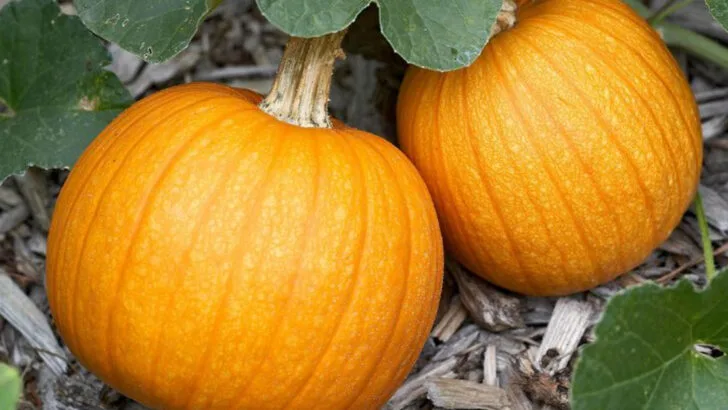Space runs out fast when you’re trying to grow food in a small garden, on a balcony, or even along a narrow fence line. That’s where vertical-growing vegetables can really pull their weight. They climb, they stretch, they stay tidy and they leave plenty of ground room for everything else.
Of course, not all vegetables are willing to stay in their lane. Some creep, sprawl, and take over every bit of soil they can reach. Knowing which plants reach for the sky and which ones claim the ground can help you plan a garden that’s easier to manage and far more productive. Here’s a breakdown of which vegetables rise up—and which ones like to spread out.
Pole Beans
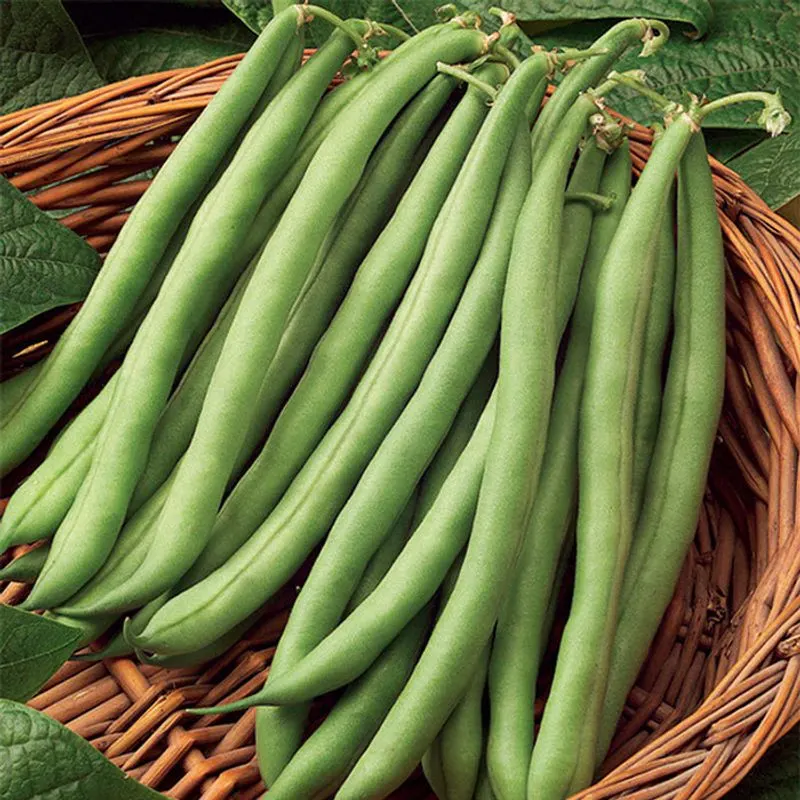
Pole beans are a gardener’s delight, thriving on vertical structures. Their fast-growing nature makes them ideal for tight spaces. Imagine a garden where they gracefully ascend trellises, transforming your space into a green paradise.
These beans not only save space but also make harvesting easier. With their upward growth, they invite pollinators, enhancing your garden’s health. Their elegant vines tell a story of nature’s adaptability.
Cultivating pole beans can be both rewarding and practical. Whether you’re a novice or an expert, these climbers promise a bountiful harvest with minimal fuss.
Tomatoes (Indeterminate)
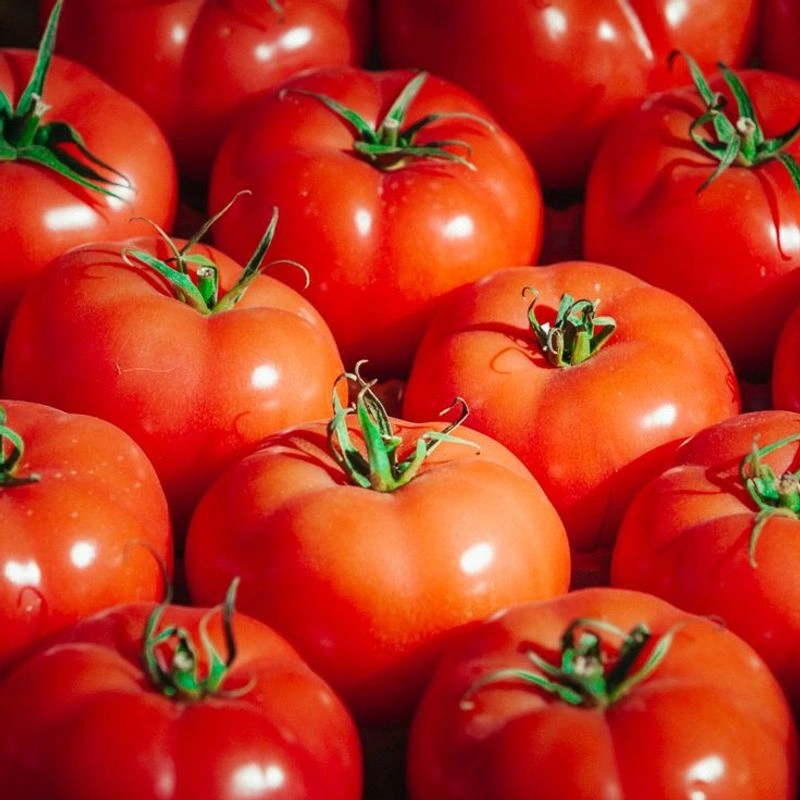
Indeterminate tomatoes stand out for their towering presence. Known for continuous growth, these tomatoes reach impressive heights, producing fruit throughout the season.
Their vertical nature conserves space, making them ideal for small gardens. As they climb, they create a living wall, adding beauty to any garden setup.
Harvesting becomes an engaging activity as clusters of juicy tomatoes hang temptingly. Indeterminate varieties offer a dynamic gardening experience, perfect for those who love a challenge and the reward of fresh produce.
Cucumbers
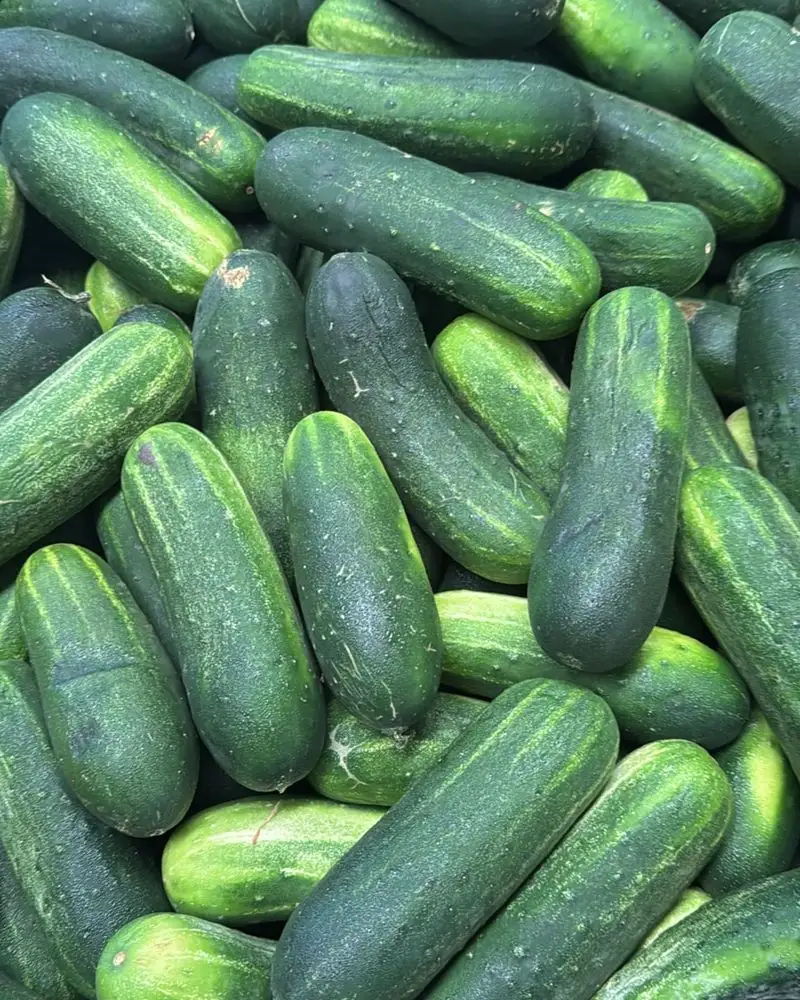
Cucumbers, with their sprawling vines, are often tamed through vertical gardening. When trained on trellises, they grow upwards, saving precious garden space.
Their vines, covered in attractive foliage, provide a cooling shade in gardens. The cucumbers hang neatly, making them easy to spot and pick.
Growing cucumbers vertically not only enhances garden aesthetics but also improves air circulation, reducing disease risks. Ideal for urban gardens, this method ensures a healthy crop of crisp cucumbers.
Peas
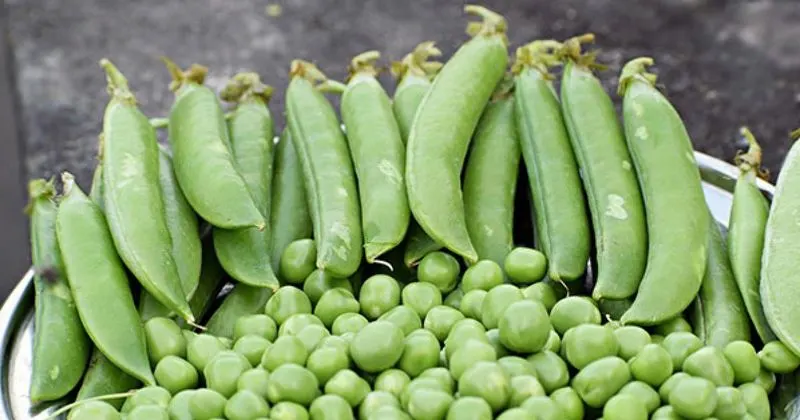
Pea plants are natural climbers, ascending supports with graceful ease. Their delicate tendrils wrap around structures, creating a tapestry of green.
This vertical journey not only saves garden space but also adds an artistic touch. Peas are easy to harvest, and their sweet flavor is a delightful reward.
Perfect for beginners, pea plants thrive in cooler climates and are a spring favorite. Their presence in the garden is both functional and aesthetically pleasing, inviting gardeners to explore vertical possibilities.
Zucchini (Sprawling)
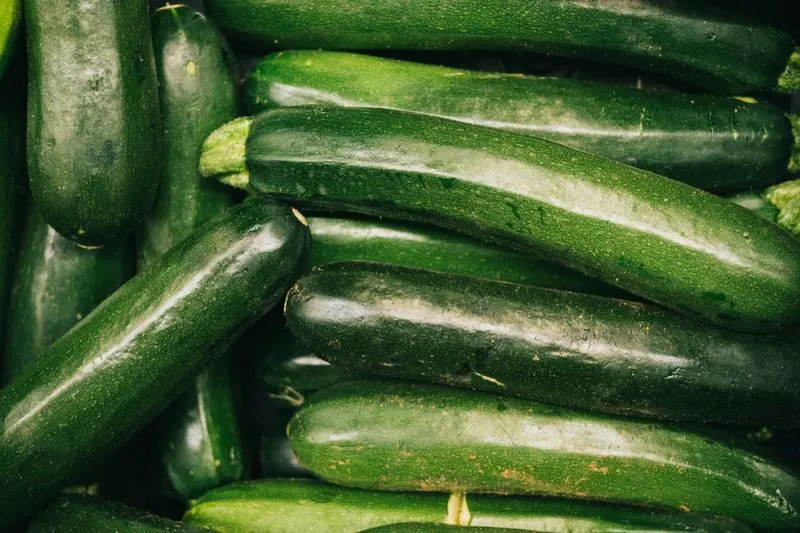
Zucchini plants are known for their sprawling nature. Unlike their vertical counterparts, they spread out, claiming significant garden real estate.
Their large leaves provide excellent ground cover, but they can overshadow other plants. While zucchinis are easy to grow, their expansive growth requires careful planning.
Despite the space they occupy, they reward gardeners with abundant harvests. Perfect for those with ample garden space, zucchinis bring a touch of the countryside to any garden.
Pumpkin (Sprawling)
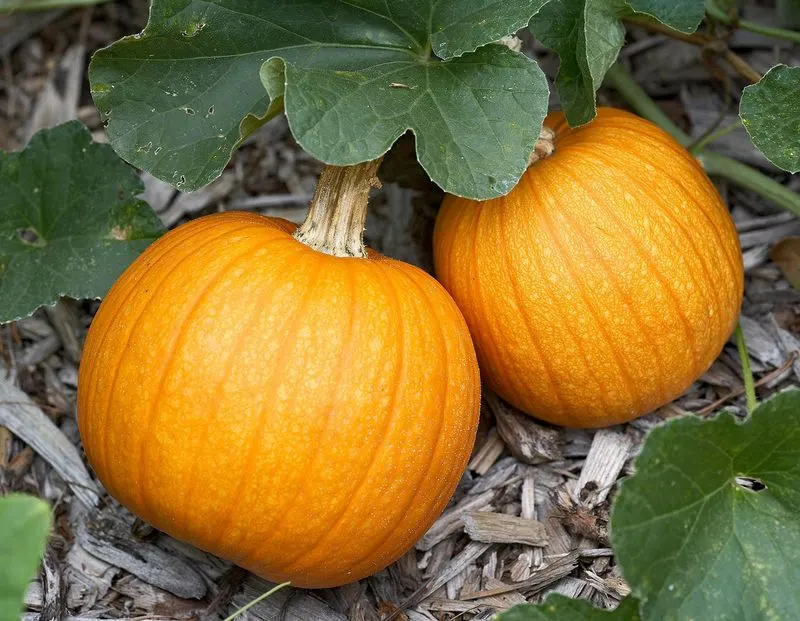
Pumpkins are the epitome of sprawling plants. Their vines extend far and wide, covering vast areas in gardens.
This expansive growth is both a challenge and a spectacle. Pumpkins require space to thrive, making them ideal for larger gardens or dedicated patches.
Despite their size, they bring joy with their vibrant orange fruits, often associated with autumn celebrations. Pumpkin patches are a gardener’s pride, showcasing nature’s grandeur and the rewards of patience.
Bell Peppers
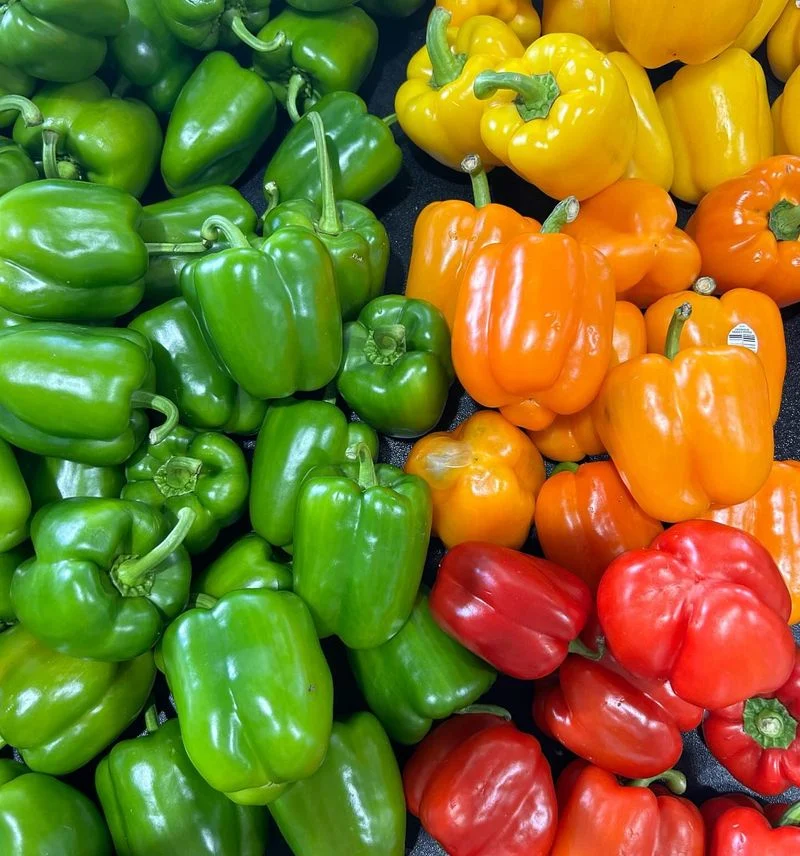
Bell peppers, with their compact and upright growth, are perfect for vertical gardening. These plants add a splash of color to any garden.
Their strong stems support the weight of the developing peppers, making them ideal for small spaces. This vertical approach maximizes yield without compromising space.
With a variety of colors and flavors, bell peppers are a gardener’s favorite, providing both beauty and bounty. Their versatility in the kitchen further enhances their appeal, making them a staple in home gardens.
Eggplants
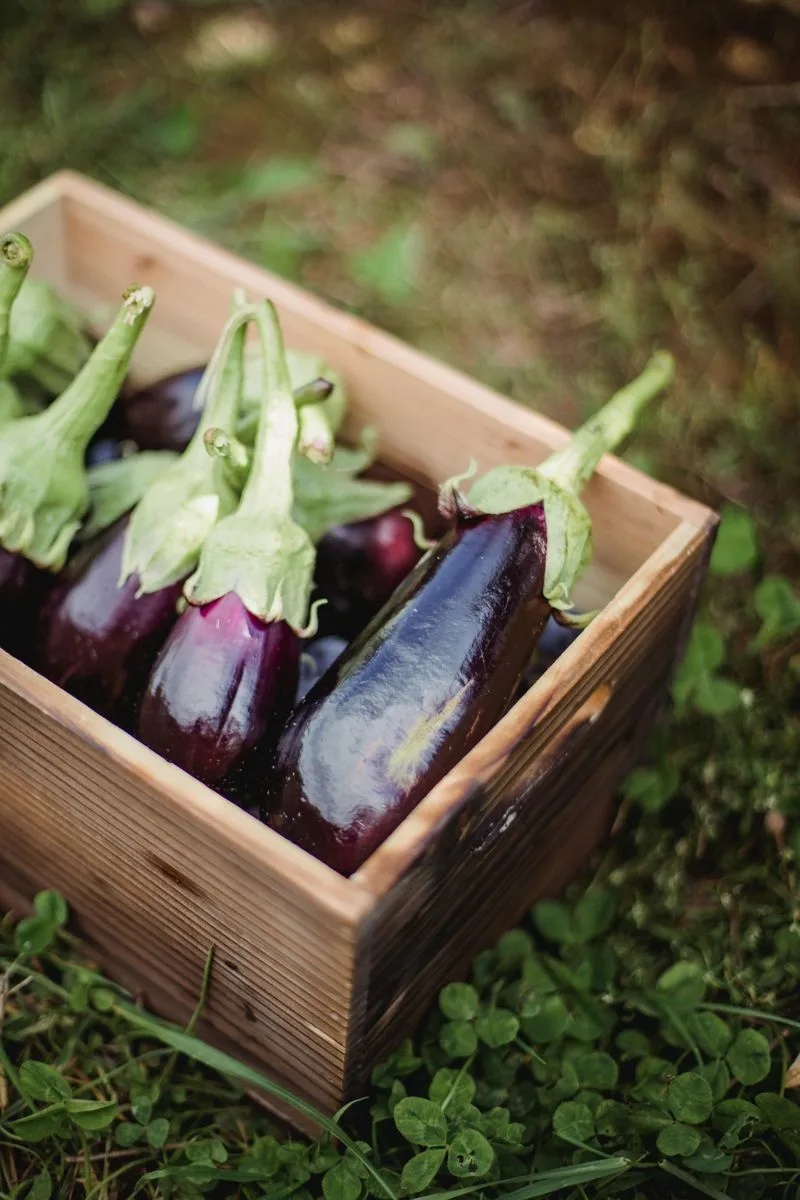
Eggplants are a striking addition to vertical gardens. Their tall, robust plants support heavy fruits with ease, making them a practical choice for space-saving gardening.
Their unique purple hue adds a touch of elegance, contrasting beautifully with green foliage. These plants thrive with minimal care, suitable for both novice and experienced gardeners.
Eggplants offer a versatile culinary experience, from grilling to baking. Growing them vertically not only saves space but also ensures a healthy, disease-free crop.
Squash (Sprawling)
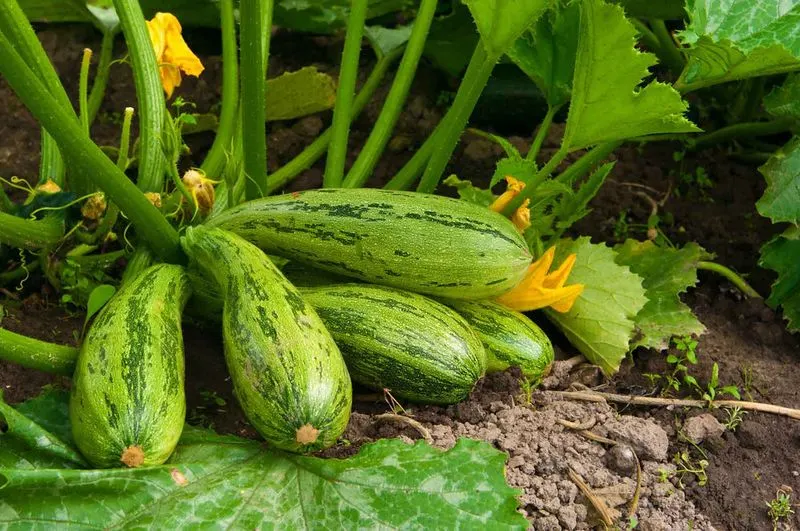
Squash plants are notorious for their sprawling growth. These plants require ample space, often overtaking garden beds with their expansive vines.
Their large, lush leaves provide excellent ground cover, but can crowd other plants. Squash is best suited for gardens with room to spare, where they can sprawl unrestricted.
Despite their size, they reward gardeners with plentiful harvests. For those who can accommodate them, squash plants bring a rural charm and abundance to gardens, making them well worth the effort.
Spinach
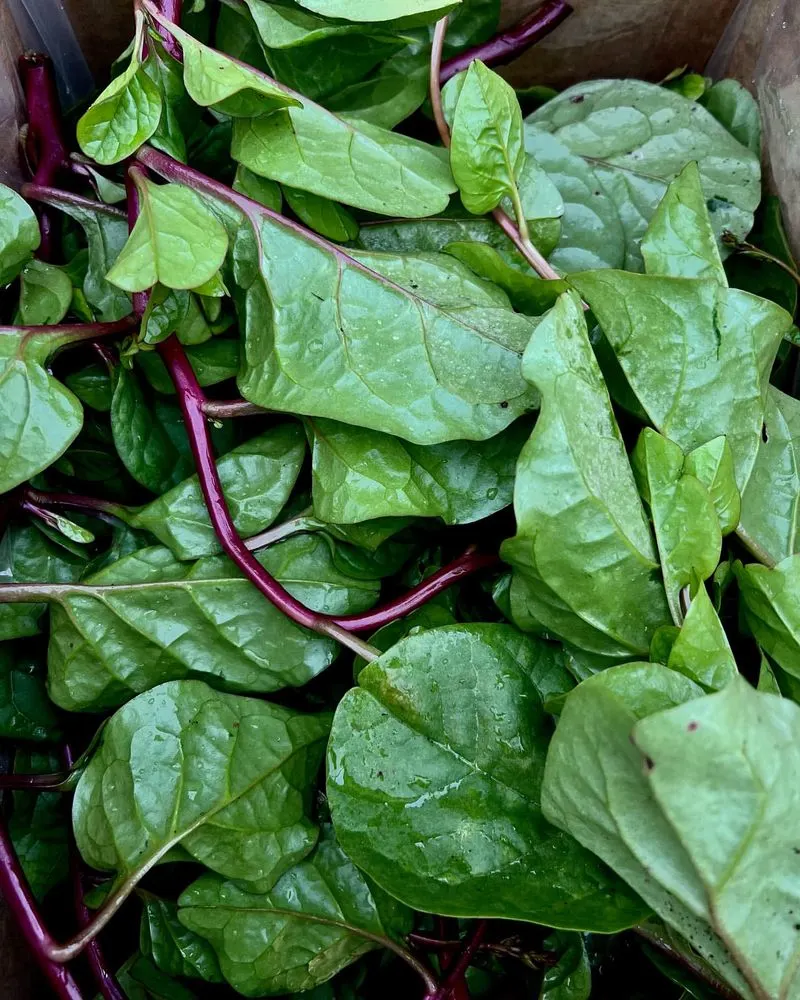
Spinach, often associated with leafy greens, adapts well to vertical gardening. By using tiered pots or vertical planters, spinach can thrive in limited spaces.
This method not only saves ground space but also adds a lush, green aesthetic to gardens. Spinach leaves are easy to harvest, ensuring a constant supply of fresh produce.
Ideal for urban gardeners, vertical spinach cultivation is both practical and visually appealing, offering a nutritious addition to any meal and garden.
Cabbage (Sprawling)
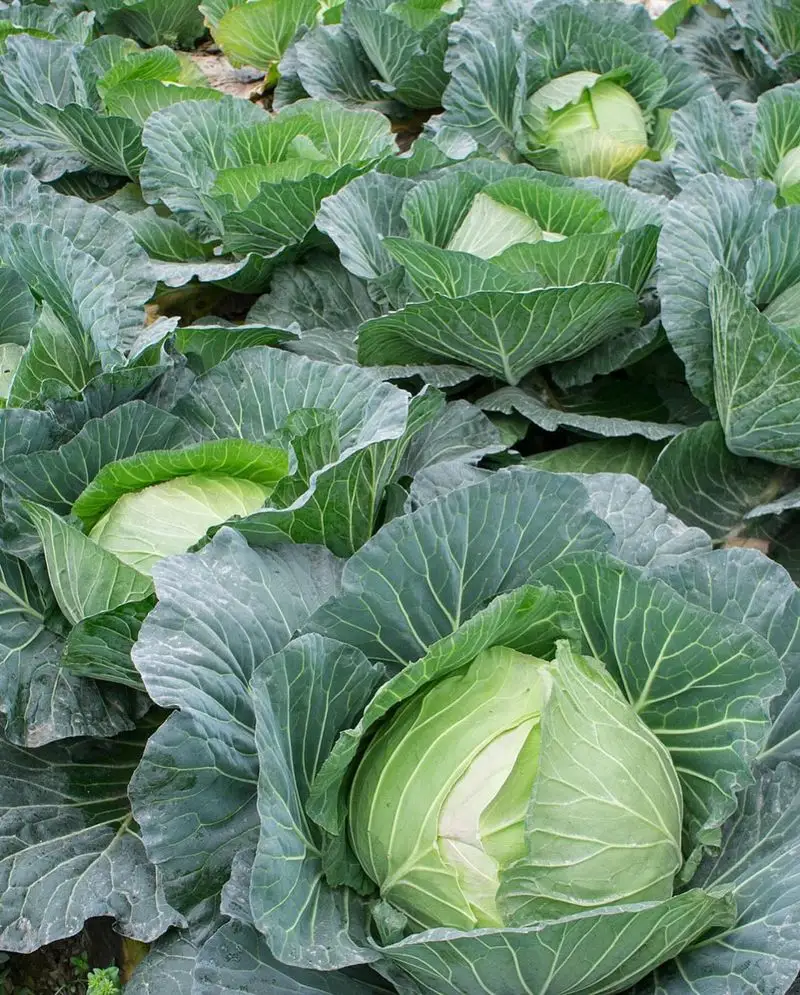
Cabbage plants are known for their large, dense heads and sprawling nature. They require significant space to grow, often dominating garden beds.
Their broad leaves can overshadow smaller plants, making them ideal for dedicated garden plots. Cabbage is a staple in many kitchens, valued for its versatility.
While their growth demands space, the reward is a bountiful harvest. Cabbage plants bring a traditional garden feel, offering both beauty and sustenance to gardeners.
Sweet Potatoes (Sprawling)
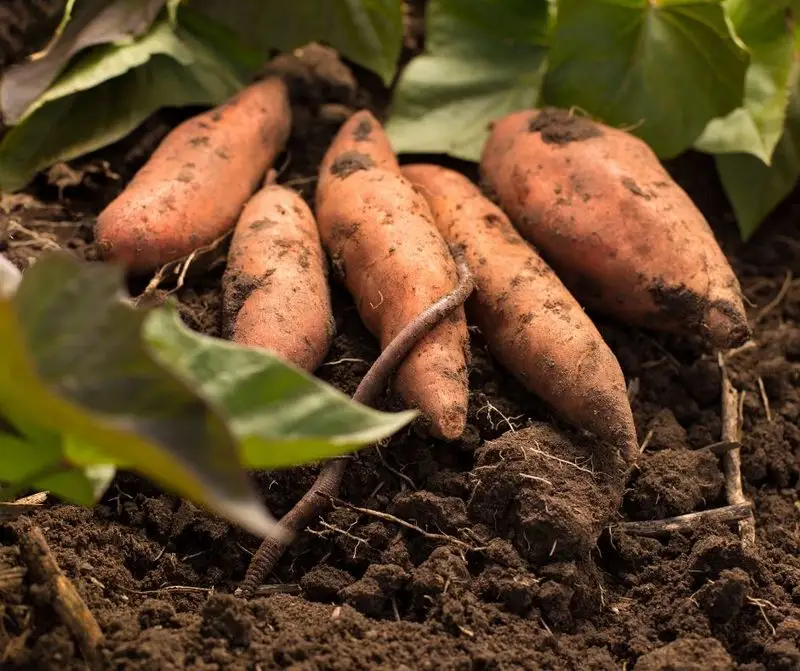
Sweet potatoes are renowned for their creeping vines and sprawling growth. These plants cover ground quickly, often requiring dedicated space to thrive.
Their heart-shaped leaves add a decorative element, while their tubers provide a nutritious harvest. Sweet potatoes are ideal for larger gardens where they can spread freely.
The effort to accommodate their growth is rewarded with a delicious yield. Sweet potatoes bring a touch of the tropics to gardens, with their lush foliage and sweet, starchy roots.
Asparagus
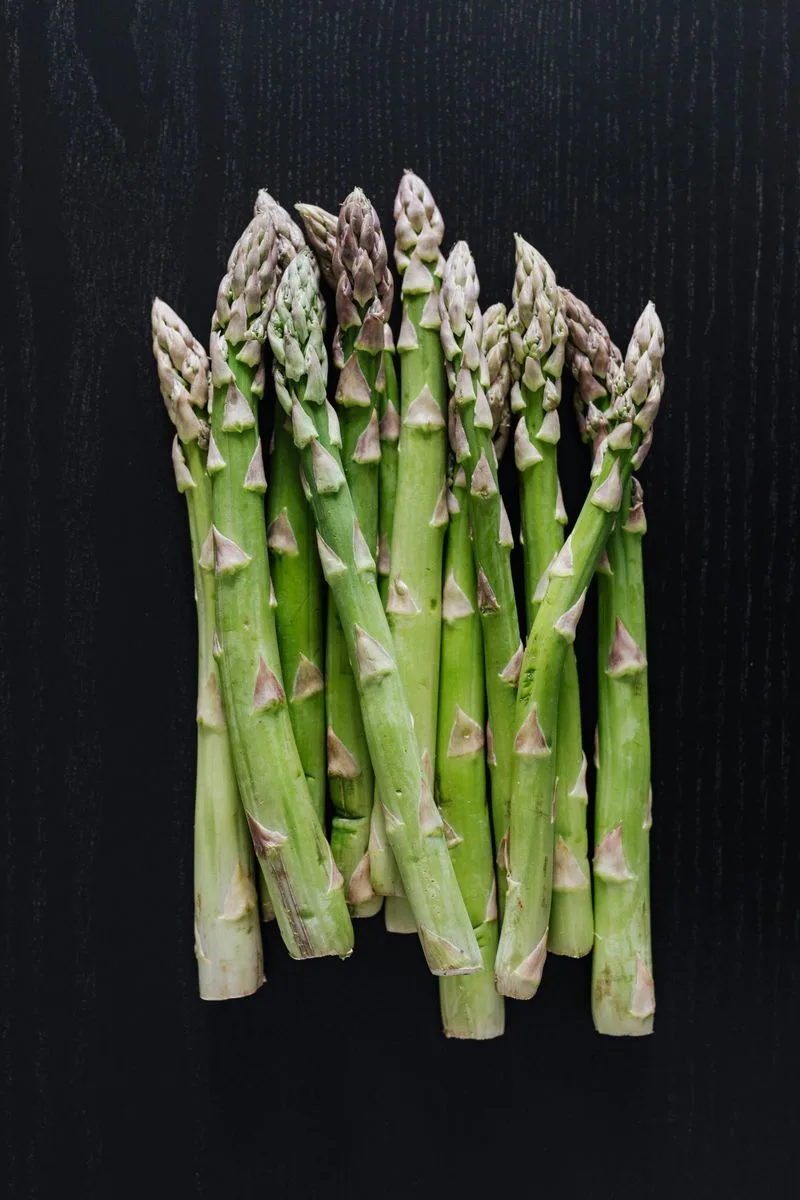
Asparagus is a perennial favorite for vertical gardens. Its slender spears rise majestically, making it a space-efficient crop.
The feathery foliage adds a delicate touch to gardens, offering both beauty and bounty. Asparagus requires patience, as it takes time to establish, but the long-term yield is rewarding.
Ideal for dedicated gardeners, asparagus brings a touch of elegance and sustainability. Its vertical growth ensures a productive use of space, making it a prized addition to any garden.
Lettuce
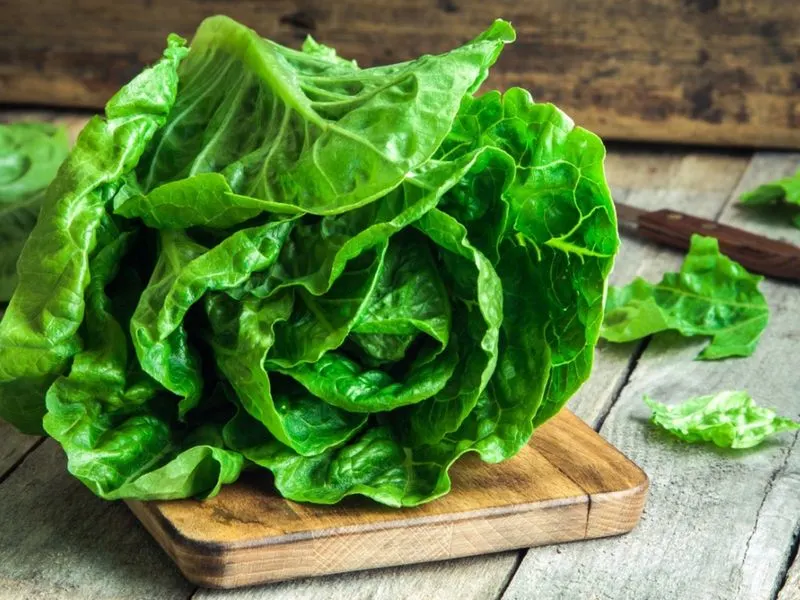
Lettuce, often grown in horizontal rows, adapts beautifully to vertical gardens. By using wall planters, lettuce can thrive in small spaces, offering a fresh twist on traditional gardening.
The vibrant shades of green add a refreshing look, while the leaves are easy to harvest. This method maximizes space and ensures a continuous supply of crisp, fresh lettuce.
Perfect for urban settings, vertical lettuce gardens bring convenience and aesthetic appeal, making them a popular choice among modern gardeners.
Watermelon (Sprawling)
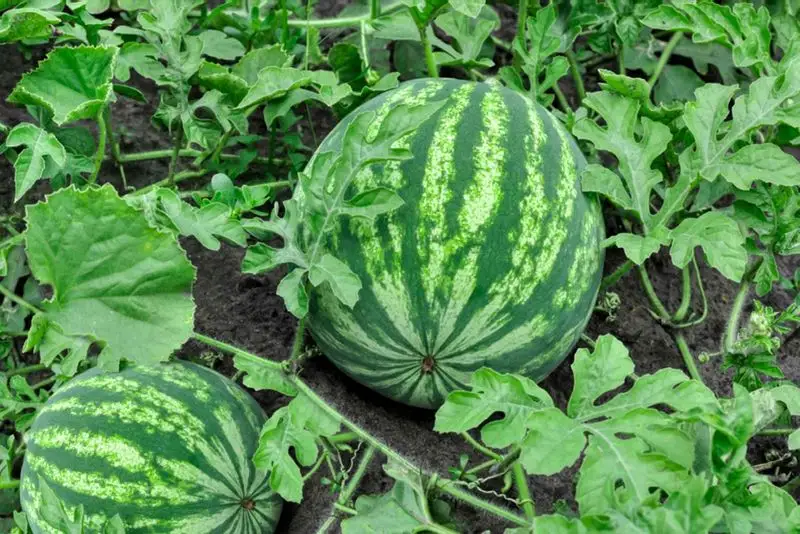
Watermelons are synonymous with summer and sprawling growth. Their vines extend generously, requiring ample space to produce those juicy, sweet fruits.
These plants are best suited for large gardens, where they can spread without restriction. Watermelons’ size and taste make the effort worthwhile, offering a refreshing treat.
Their sprawling nature can be challenging, but the reward is a quintessential summer fruit. Watermelons bring a sense of abundance and satisfaction to any garden.
Carrots
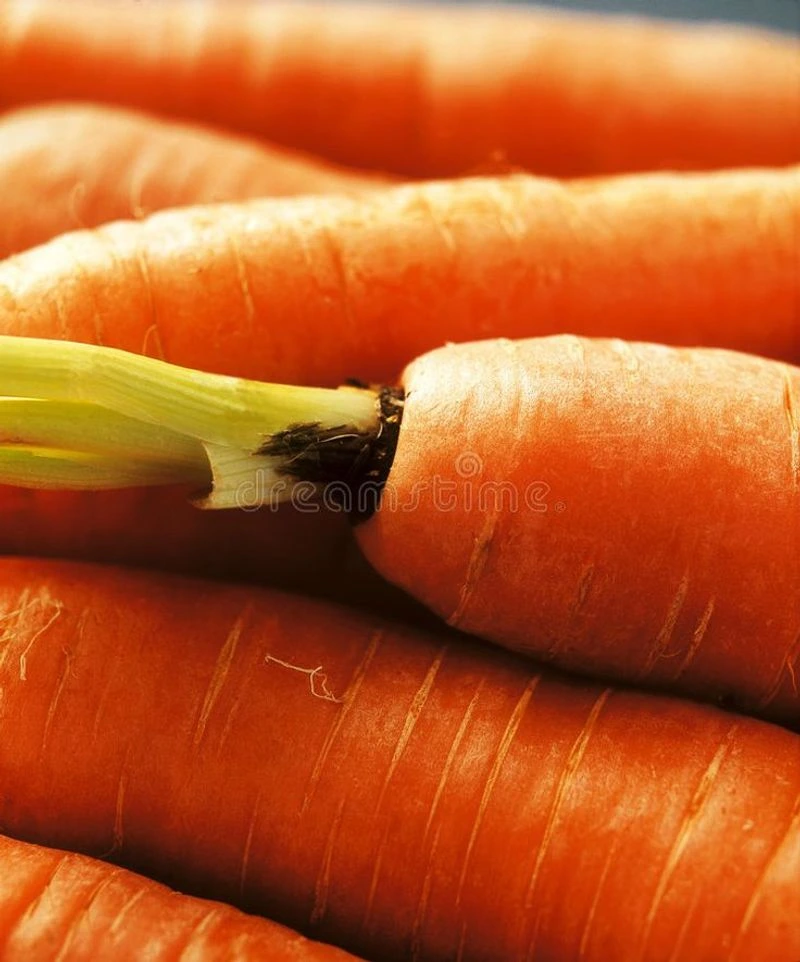
Carrots add a unique element to vertical gardening. While their roots grow downwards, their feathery foliage extends upwards, making them suitable for tiered planters or raised beds.
This method saves space and allows for easy harvesting. Carrots are versatile in the kitchen and packed with nutrients, making them a favorite among gardeners.
Ideal for urban environments, vertical carrot gardens add both functionality and charm. The sight of green tops poking through the soil is a promise of the sweet, crunchy roots below.
Radishes
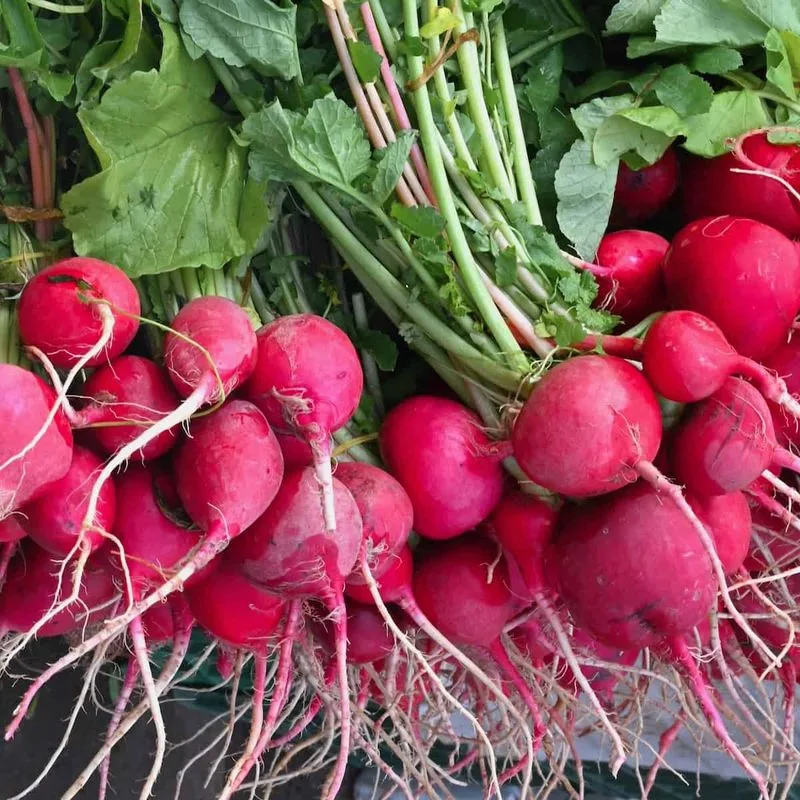
Radishes are perfect for vertical gardens, thriving in tiered pots or vertical planters. Their short growing season and small size make them ideal for limited spaces.
The vibrant red roots contrast with their green tops, adding visual interest to gardens. Radishes are easy to grow, offering a quick and rewarding harvest.
For those seeking a fast-growing, space-efficient crop, radishes provide a peppery kick and a burst of color. They bring a playful, yet practical, element to vertical gardening.
Celery
Celery’s upright growth makes it a natural choice for vertical gardening. The tall stalks rise elegantly, conserving space and offering a unique garden aesthetic.
Their crisp texture and subtle flavor enhance many dishes, making celery a versatile crop. Vertical cultivation improves air circulation, reducing disease risks.
For gardeners seeking an efficient use of space, celery provides both function and flavor. Its presence in the garden is a testament to innovation and practicality.
Kale
Kale is a powerhouse of nutrients and adapts well to vertical gardening. By using tiered planters or vertical setups, kale thrives in limited spaces.
Its curly leaves add texture and color, making it a visually appealing choice. Kale’s resilience and ease of growth make it perfect for urban gardens.
The health benefits of kale are well-documented, and its presence in a vertical garden ensures a steady supply of this superfood. It’s both a practical and attractive addition to any garden.
Brussels Sprouts
Brussels sprouts are a unique sight in vertical gardening. Their tall stalks, lined with compact sprouts, showcase an efficient use of space.
These plants require patience, but the yield is both tasty and rewarding. Brussels sprouts are valued for their flavor and nutritional benefits.
Their vertical growth adds an element of intrigue to gardens, with each sprout representing nature’s meticulous design. For those willing to nurture them, Brussels sprouts offer a rich reward of taste and satisfaction.

